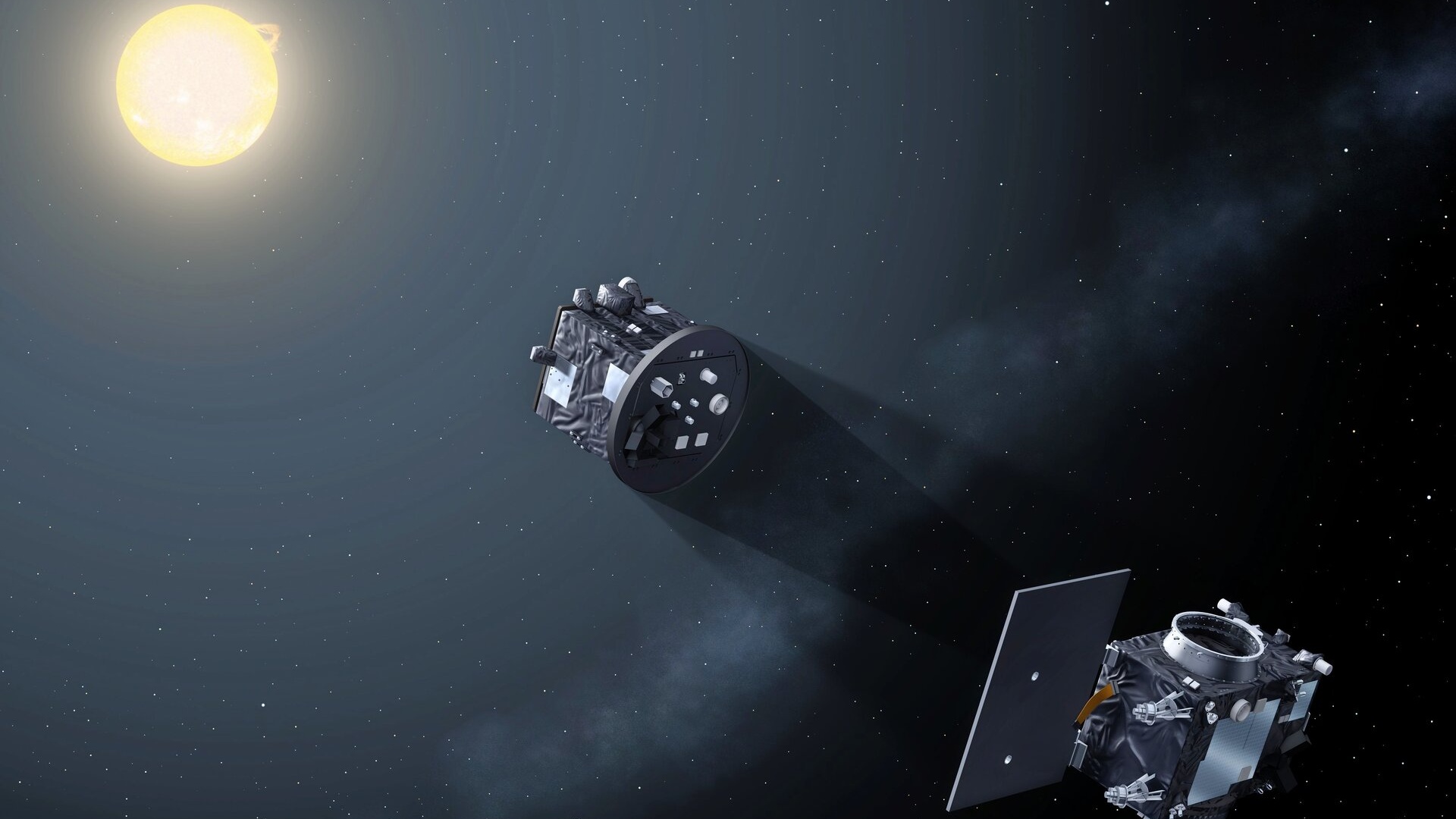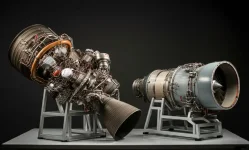- Views: 825
- Replies: 5

While the thrill of April's total solar eclipse may be fading, excitement is building for a groundbreaking space mission led by the Indian Space Research Organisation (ISRO). ISRO will soon launch Proba-3, a European spacecraft designed to revolutionize our understanding of the Sun.
Think of Proba-3 as an eclipse-creating machine in space. The mission will use two small satellites flying in tandem, 144 meters apart, to form a giant "virtual telescope." The lead satellite will act as a sort of artificial moon, blocking the Sun's blinding glare and allowing the other satellite to closely study its mysterious outer atmosphere – the corona.
Normally hidden by the Sun's brightness, the corona becomes visible to the naked eye only during rare total solar eclipses. Proba-3's artificial eclipses will last for hours at a time and give scientists a long-awaited, incredibly detailed look at this scorching hot region of the Sun.
Why does this matter? The corona is not just beautiful, it's the birthplace of solar flares and other space weather events that can disrupt satellites, power grids, and communication systems on Earth. The closer look offered by Proba-3 could help us better predict and prepare for these disruptions.
To pull off this cosmic ballet, the satellites have to fly in perfect formation, a task requiring incredibly precise positioning and coordination. The European Space Agency (ESA) developed cutting-edge technologies just for this purpose, allowing the satellites to maintain their positions with pinpoint accuracy.
Proba-3, part of ESA's innovative Proba series of missions, will launch into orbit aboard ISRO's reliable Polar Satellite Launch Vehicle (PSLV). This project highlights how international collaboration pushes the boundaries of space exploration to benefit us all.


